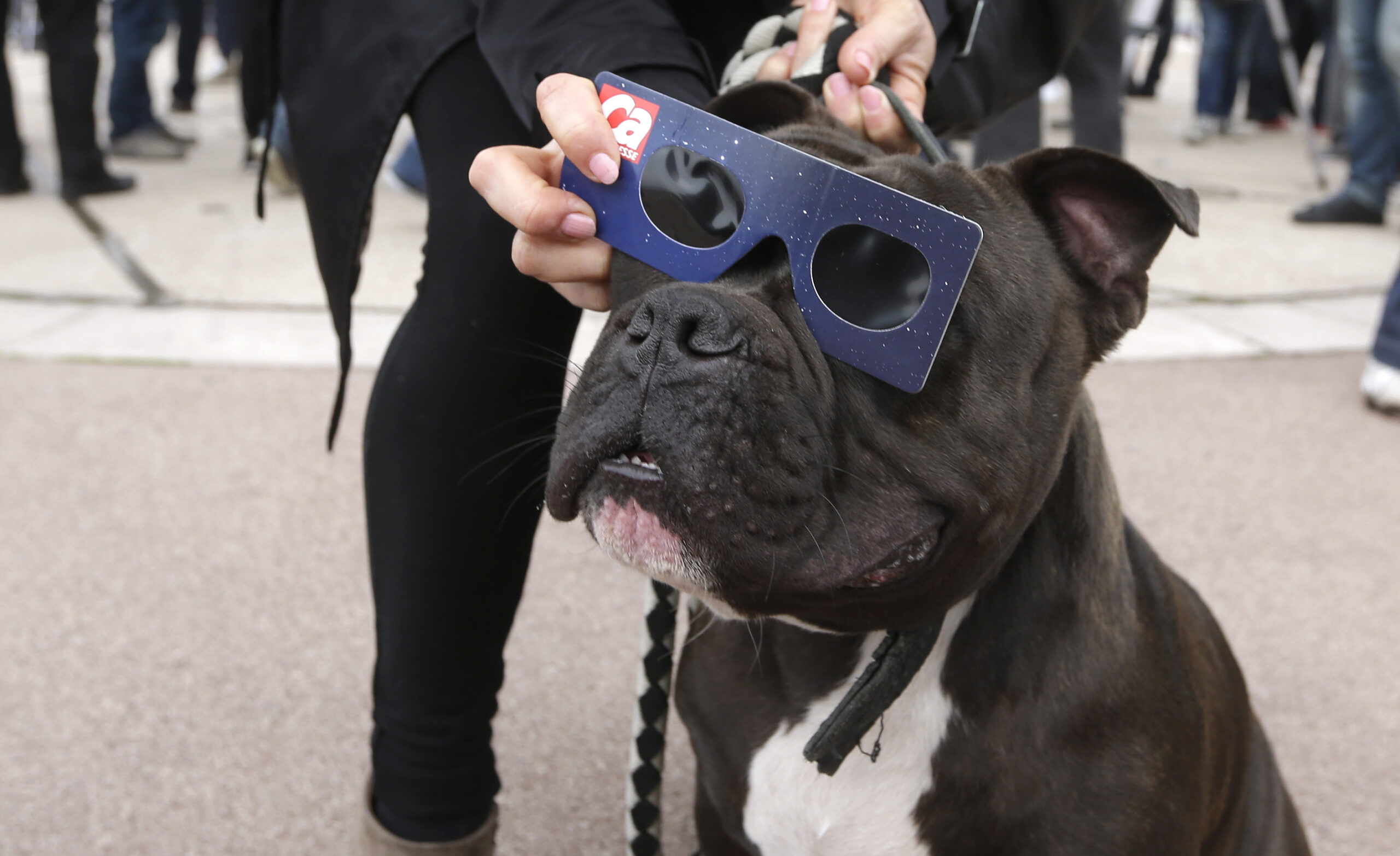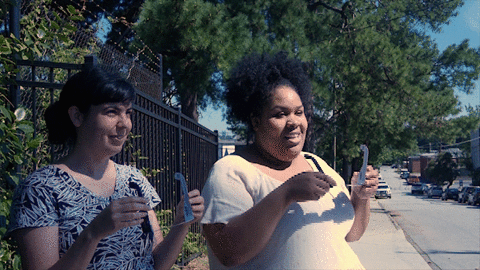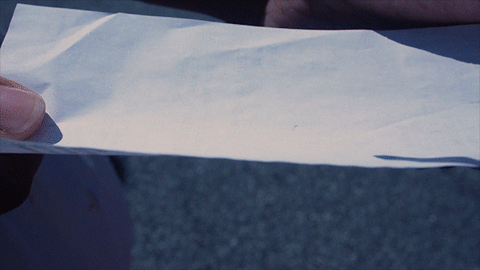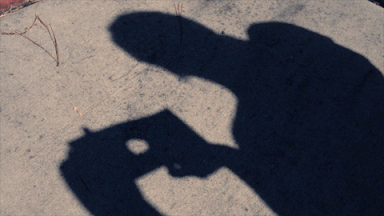Here’s How To View The 2017 Eclipse Safely

A dog, named Patatte, has protective glasses put on by her owner during a solar eclipse in the sky in Nice, southeastern France, Friday, March 20, 2015. An eclipse is darkening parts of Europe on Friday in a rare solar event that won’t be repeated for more than a decade. (AP Photo/Lionel Cironneau)
Lionel Cironneau / Associated Press
There are a myriad of myths about what could happen to someone during astronomical events — like the Aug. 21 solar eclipse.
One enduring myth is that solar radiation during an eclipse can harm pregnant women and their expectant children. Another is that the eclipse will poison any food cooked at the time.
While eclipses do not pose danger in those respects, it is still important to take some precautions before stepping out to stare at the sun. Looking at the sun with a naked eye can do serious, sometimes irreparable damage — and that includes a sun that the moon has partially obscured.
Atlanta is not in the path of totality for this year’s eclipse, meaning that the sun will not be totally blocked by the moon. Still, it’s important to follow safety guidelines laid out by NASA for safe viewing of the partial solar eclipse.
Fortunately, there are low-cost options for viewing the eclipse safely.
Looking Directly At the Sun
The only way to look at the sun with one’s own eyes is by using a filter. The filters generally look like 3D glasses with black lenses and are specifically designed for looking toward the sun — everything else will appear totally black.
These glasses have been popping up in online marketplaces in droves from a variety of companies, but they are not all to be trusted.
The American Astronomical Society, a NASA partner, has only vouched for the safety of five brands: American Paper Optics, Baader Planetarium, Rainbow Symphony, Thousand Oaks Optical and TSE 17.
To make sure you’re getting NASA-approved glasses, check for the manufacturer’s name and address printed on the side. And they should meet the ISO 12312-2 international standard for eye and face protection.
Some local libraries are also offering free glasses for eclipse viewers.
Looking Through a Telescope
A solar filter is also necessary for looking through a telescope or camera toward the eclipse.
Filters that meet the same standards as those set out for eye filters will protect viewers’ eyes and their equipment from being damaged by the heat and light of the sun.
The same goes for people looking to use binoculars or take photos — it is important to protect all lenses with filters.
Or, for less than $50, eclipse-watchers can build a “sun funnel” for a telescope, which is a great way to view the eclipse without having to wear glasses or look straight up for extended periods. The funnel projects a zoomed-in image of the eclipse that a group can watch together as well.
NASA, Nightwise.org and the American Astronomical Society partnered to create instructions to build a sun funnel.
Low-Cost Alternatives


Other low-cost ways to view the eclipse include the old-fashioned pin-hole viewer. All that requires is a piece of paper, a pen and a relatively smooth area of ground. The light of the sun will project through the hole in the paper as the moon passes across.
Another option is to find a tree that casts a shadow with points of light between the leaves. When the moon passes in front of the sun, the effect will be that of hundreds of pin-hole projectors across the ground.
Lastly, you can turn a cereal box into an eclipse projector with just a piece of paper, tape, aluminum foil and a pen.
9(MDAxODM0MDY4MDEyMTY4NDA3MzI3YjkzMw004))








